Excretion in Invertibrate Excretion in Planaria Habitat : Planaria is a fresh water invertebrate. Excretory product: planaria remove ammonia and it is ammonotlic. This excretion occurs by two methods, diffusion, specialized excretory system. Excretory organs: Planaria has simple tubular excretory system called protonephiridia. Protonephridia arranged in two longitudinal trunk one on each side of the body. Each track consists of a network of tubules without internal openings. These tubules divide into small branches which open in flame cells. Tubules open on the outside by small opening called nephridiophores. Structure of flame cell: Flame cells are club shaped hollow cells. Each flame cell contains nucleus, cytoplasm and internal cavity. Group of cilia is present in the cavity. Cilia perform a movement like a flame of candle. Flame cells also has many cytoplasmic elongations. Mechanism of excretion: Flame cells absorb wastes and push them into the c...

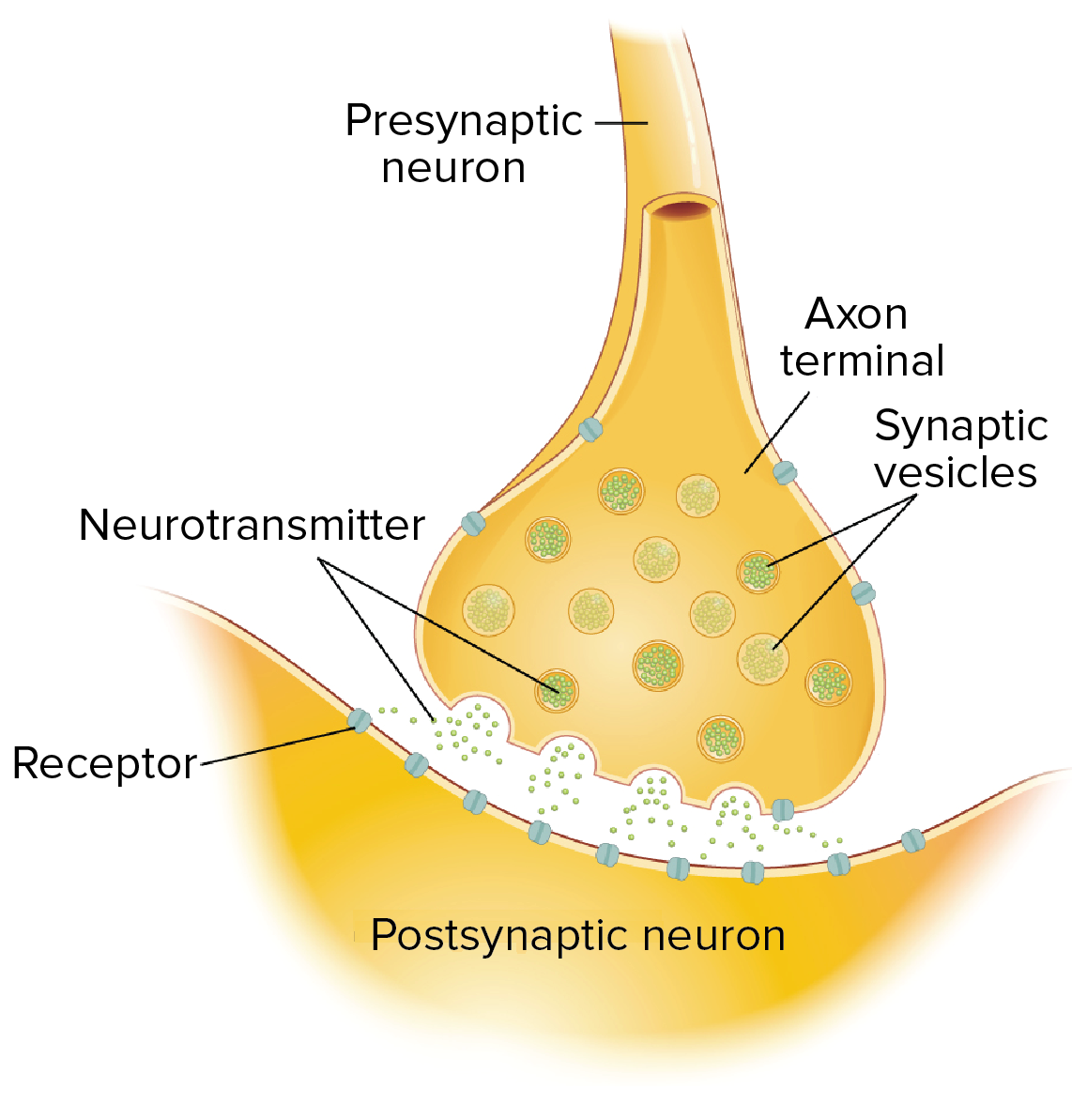

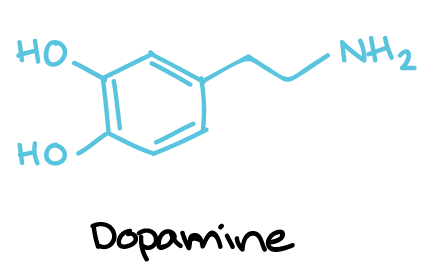



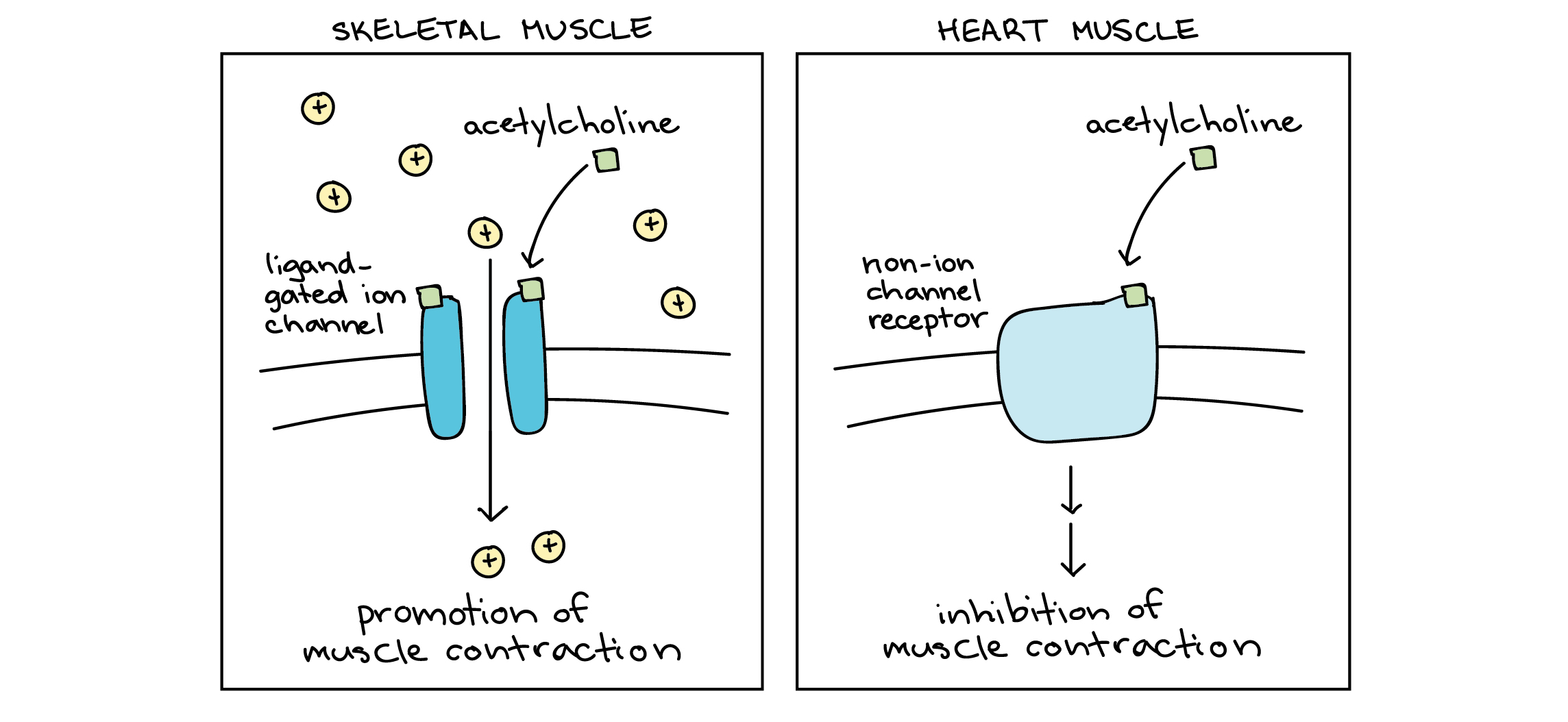
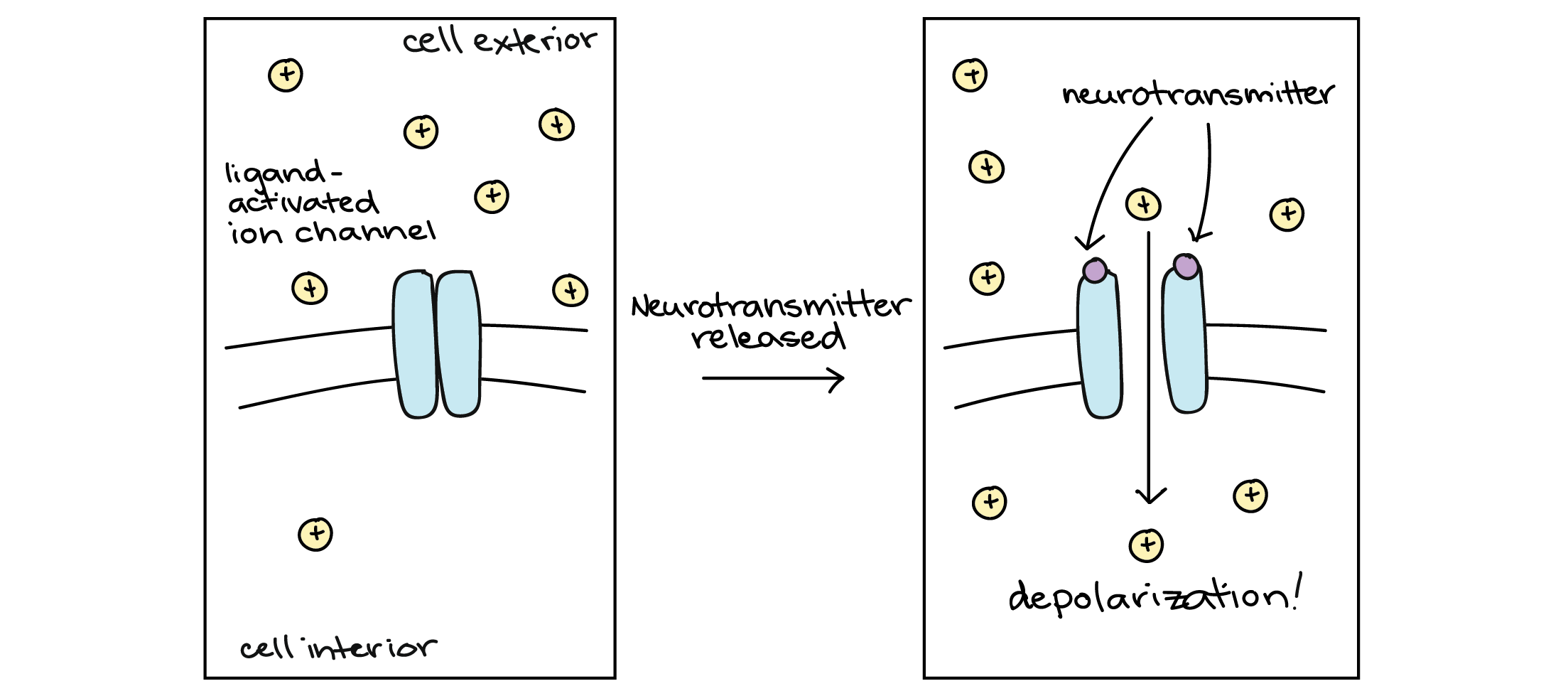
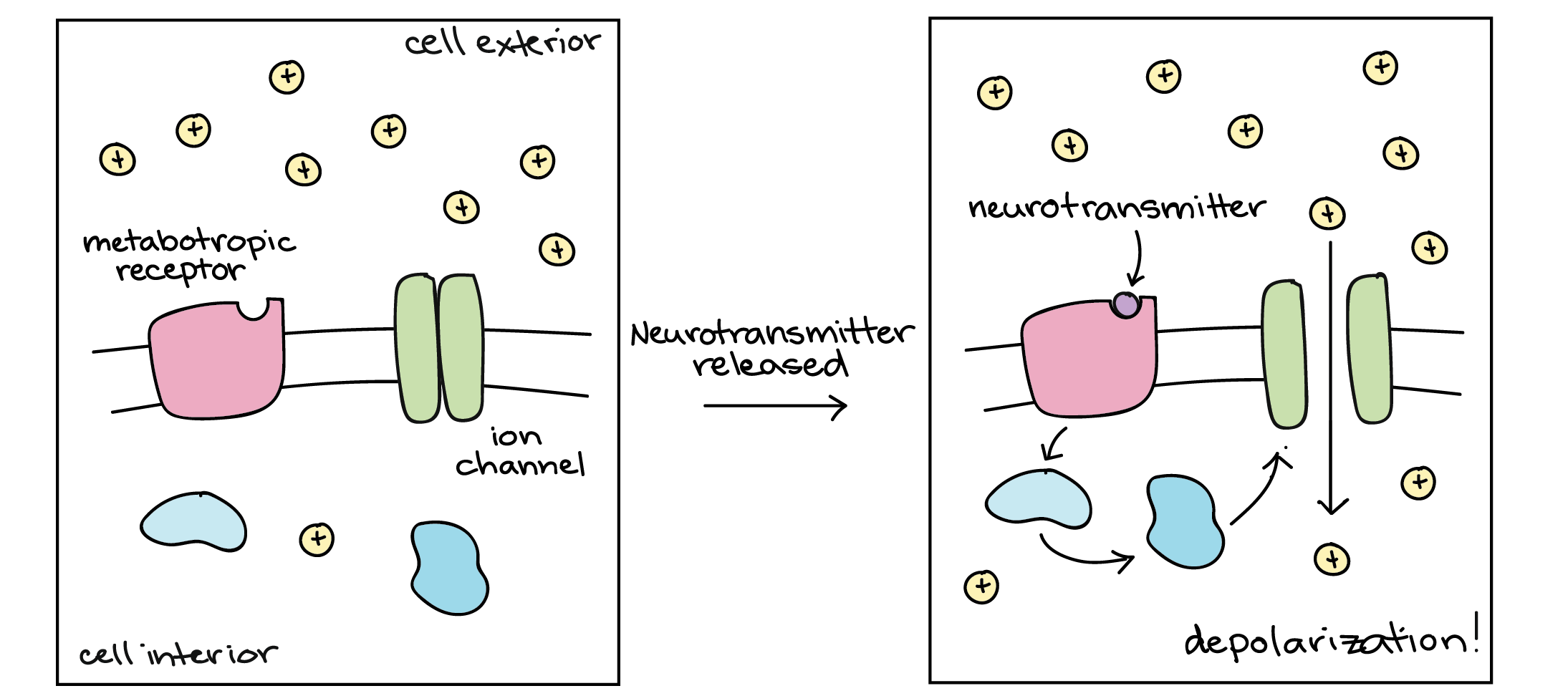


Comments
Post a Comment